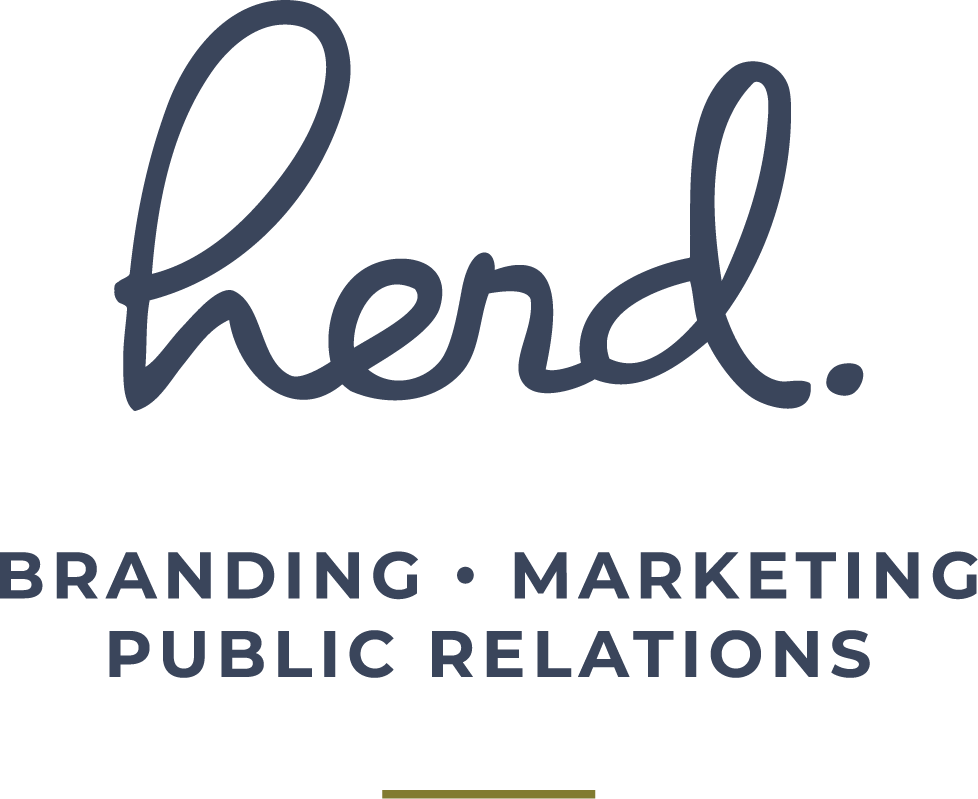A Look at Public Health and LGBTQ PRIDE
Our guest blogger for this PRIDE month is Dr. Melva Black, Deputy Director for the Nashville Metropolitan Public Health Department in Tennessee. Dr. Black has over 15 years of experience in health care but her focus has been serving as a #ChangeAgent in HIV/AIDS health and education. She is a member of several organizations and serves on multiple boards and committees including Chair Emeritus of the Community HIV/AIDS Partnership with United Way of Middle Tennessee. In her blog today, Dr. Black shares how creating safe, inclusive spaces not only unifies us, it also leads to the improved health and wellbeing of our LGBTQIA+ community.
As a public health practitioner, I am charged with protecting the health of individuals and families that live, work, and play in my community. Like many other metropolitan cities, my city is comprised of diverse representations of cultures, nationalities and ethnicities, as well as people with inimitable personal and creative expressions. Yet, there is not always acceptance nor recognition of such diversity. In fact, as we approach the end of PRIDE month, we are seeing sweeping legislative efforts across the nation advancing a record number of bills that target transgender people and limiting LGBTQ+ protections despite more states every year working to pass laws that protect this population.
It appears no matter how much momentum anti-groups build the phoenix rises in the LGBTQ+ community. PRIDE parades and other festivities across the nation this month are evidence of how communities are galvanized to not only celebrate but affect change. From a public health perspective, PRIDE provides an essential avenue of health and wellness for the LGBTQ+ community that has endured histrionic social conditions that create health disparities. This is evidenced in the HIV epidemic, targeted violence, shunning by families of origin, housing discrimination, and shaming by institutions and systems because of who they love and/or their gender expression. Consequently, LGBTQ+ persons of color experience exacerbated levels of stress and disparity by virtue of the duality of sexual orientation and race…a double jeopardy.
Public health professionals know much more now than we did in 1969 when police raided gay communities in Stonewall Manhattan, NY, which gave rise to PRIDE month. Social scientists and public health professionals agree there is an inextricable link between trauma and social, mental, and physical health. This awareness is important to help build more support for prevention and intervention-focused services to foster a more resilient community. Additionally, public health professionals can act to protect LGBTQ+ by making our services, workplaces, programs, and policies more inclusive, welcoming, and LGBTQ+ friendly. When the LGBTQ+ community feels affirmed and safe in their neighborhoods and their nation; when employment and insurance opportunities are fair; when we end homophobic bullying and harassment; when we create more pathways for positive self-esteem; when they are celebrated in our workplaces, churches, schools, and homes, and not just tolerated, then and only then do I believe we will see real affecting change occur.

